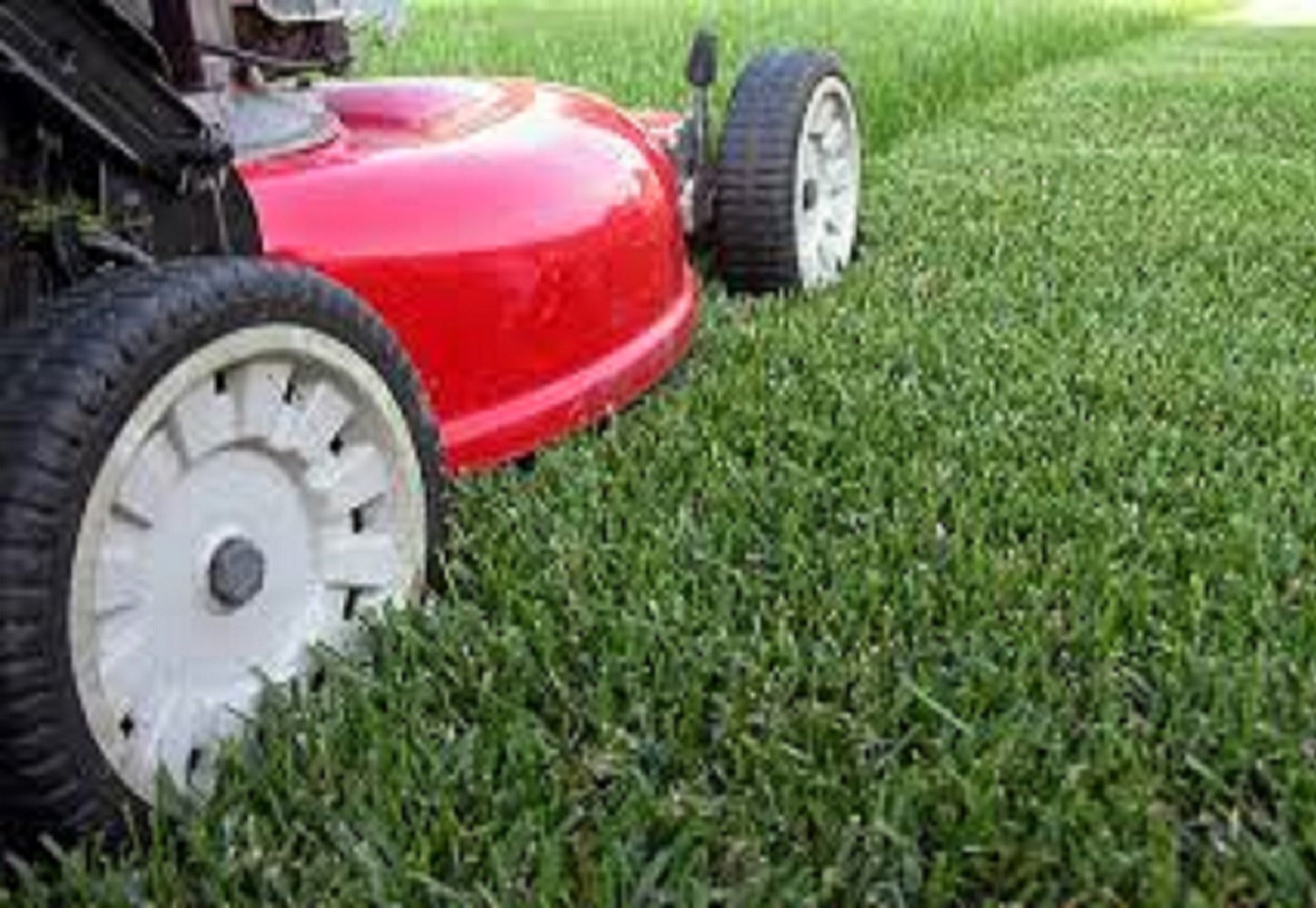Tips for a Healthy, Beautiful Lawn
Let’s face it. Everyone wants that perfect lawn. Lush green grass perfectly cut, and no weeds, the envy of every neighborhood.
Here’s some tips to help you craft your spotless lawn.
1. When you mow, you are pruning your grass, just like what you do to your bushes. Each type of grass has a recommended mowing height, and if you are mowing properly, you are increasing the density of your lawn and decreasing the weed count.
2. Never cut more than 1/3 of the grass blade length when you mow. If every time you mow you cut the grass short, you’ll end up with a brown lawn, and many other undesirable side effects including:
• High risk of compacting soil
• Increase of sunlight being able to reach the weed seeds, thus allowing them to germinate
• Higher pest and disease vulnerability
• Damage to the surface area of the grass blade, therefore preventing the grass to produce food sufficiently through photosynthesis
• Injury to the crown of the grass, where the new growth is generated and nutrients are stored
3. Mow when the grass is dry, the reason being the blades of grass will be standing up and will be less likely to clump together when being cut.
4. Stay away from mowing in the heat of the day, not only is this bad for you, but it also causes heat stress on your grass
5. Always be sure your mower blades are sharp and balanced. Dull blades cause ragged cuts and increase chance of pests and disease.
6. Each time you mow, change your pattern. The grass develops a grain based on the direction you cut it, leaning always in the direction you mow. If you differ this pattern, not only will you lessen the chance of getting ruts, but the result will be grass that stands up straight.
7. Leave the grass clippings (unless they form clumps or rows) on the lawn. This method, which is known as grass cycling, helps return the nutrients and nitrogen back to your lawn.
8. It is beneficial to mow the grass higher when mowing around trees, it’s in these areas that the grass has to fight the tree roots for water and nutrients.
9. If you happen to have newly-seeded grass, it’s important to wait three to four weeks for the grass to get established before even attempting to mow it. New grass blades are easy to damage and unnecessary travel on the freshly seeded area could result in compacting the soil. It is best to mow your new grass when it is about 3/4 to 1 inch taller than the regular mowing height.
RECOMMENDATIONS FOR TURFGRASS MOWING HEIGHT
Mowing height for warm-season grasses:
Bahia – 2 to 1/2 inch
Bermuda – 1 1/2 to 2 inches
Centipede – 1 1/2 to 2 inches
St. Augustine – 2 to 3 inches
Zoysia – 1 to 2 inches
Mowing height for cool-season grasses:
Bentgrass – 1/2 inch to 1 inch
Bluegrass – 2 to 2 1/2 inches
Perennial Ryegrass – 2 to 3 inches
Fescue – 2 to 3 inches
NCI – Because a healthy is a cut above.



